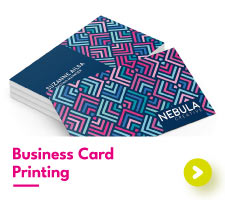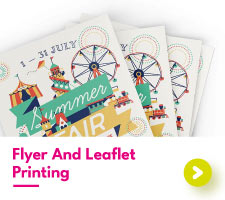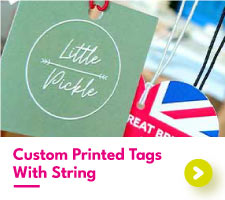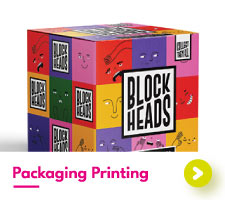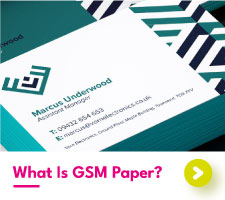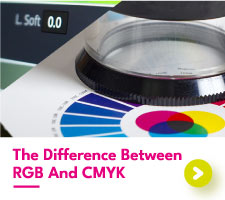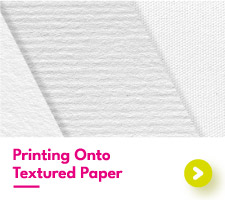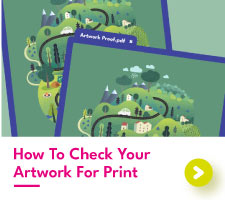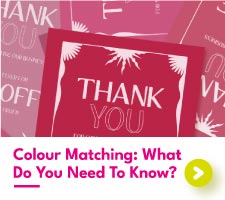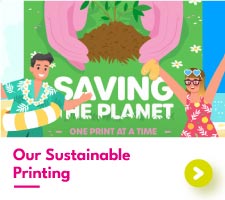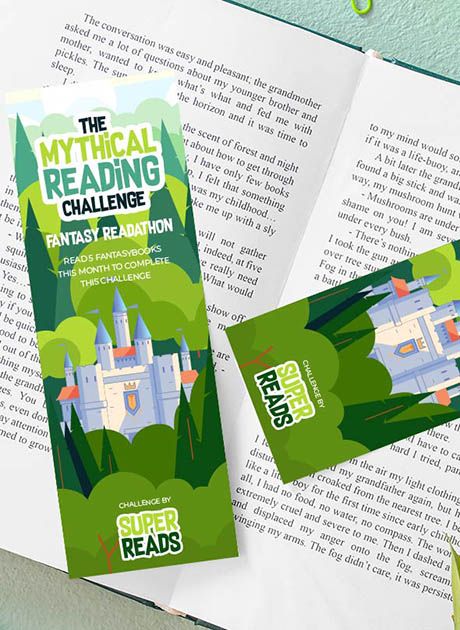Printed Books vs. eBooks: Rediscovering the Joy of Reading
E-Books Vs. Printed Books: Rediscovering the Joy of Reading
We’ve all heard that e-readers are a more convenient, inexpensive, and sustainable way to read books. A trusty e-reader can easily fit into a bag or backpack, is lightweight, and can store multiple books, yet, believe it or not, e-books only make up 10.5% of book publishers' annual revenue, whereas physical books still account for over 75%. Clearly, there is still something undeniably alluring about printed books that the e-reader industry just cannot shake.
Being able to grab the book off the bookshelf, physically turn the pages and mark our progress with a bookmark offers a satisfying experience that resonates. In this article, we will explore the emotional connection to physical books, and the relationship between printed books and the undeniable joy of reading. We will also examine the rise of e-readers, how they’ve changed the book industry and their impact on how effectively we digest content. Finally, we will talk about different learning preferences and the ways that learning styles can determine the best way for individuals to consume information.
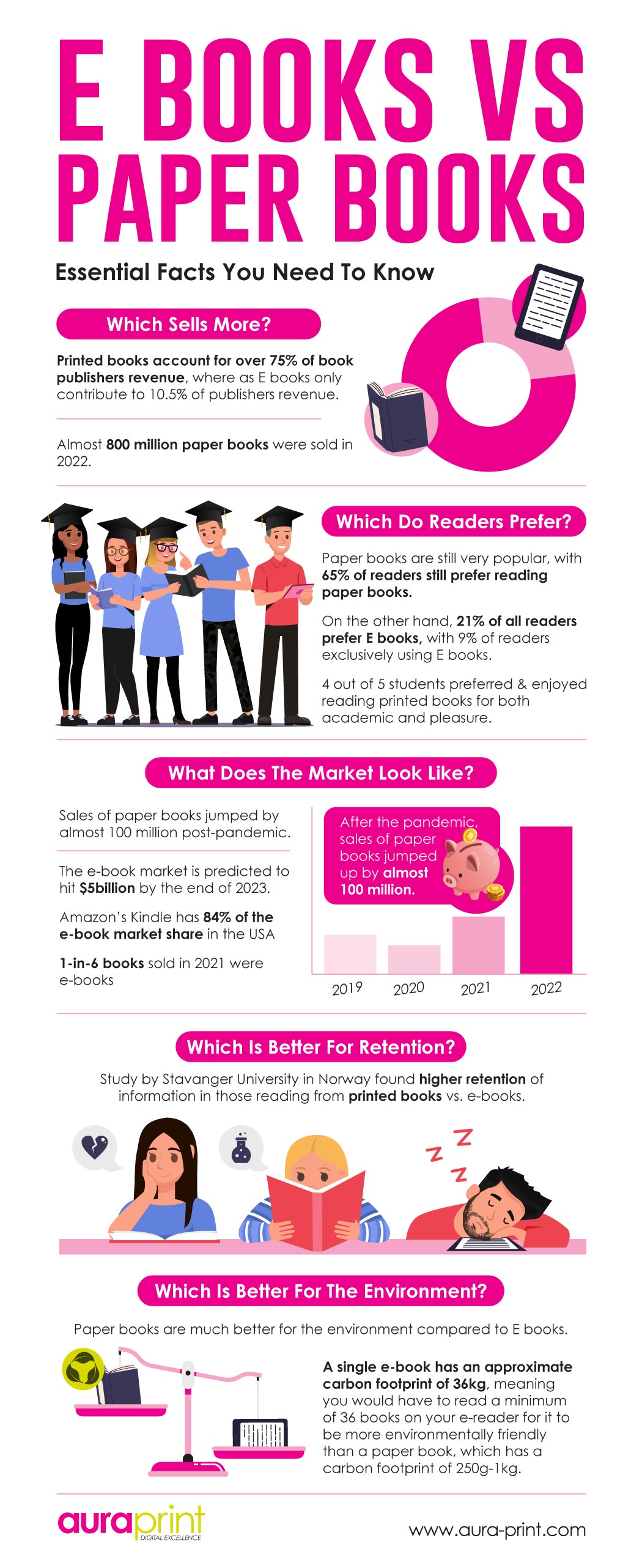
The Appeal of Printed Books
The US Market showcases the continued demand for printed books, with nearly 800 million books sold in 2022. But that’s not all — 65% of us still prefer reading printed books compared to just 21% who prefer e-books, despite the obvious convenience of an e-reader.
But why? What’s so appealing about printed books that we keep coming back for more?
Disconnecting from technology
As much as humans rely on technology, we constantly seek ways to disconnect, and reading is one of the best ways to do so. UK adults spend an average of 8 hours and 41 minutes a day on screens. We need a digital detox, and it seems counterintuitive to simply trade one screen for another. More than 73% of young adults suffer from digital eye strain from screen overuse, but this isn’t the case when reading from printed books. That’s because we blink less often when reading from screens. But beyond the physical benefits of disconnecting from technology, many people just want to get away from the screens for mental health reasons.
This became even more prevalent during the pandemic, when students were going to school online and adults were working from home on computers. When it came time to relax at the end of the day, people wanted to get away from screens. As a result, printed book sales have jumped by almost 100 million books compared to before the pandemic.
Longevity
When you look at a bookshelf, there are likely books that have been sitting on them for many years. Paperback books can last 20 years, whereas hardcover books can last 60+ years, or longer, depending on how well they are taken care of. Printed books can change hands many times throughout their lifespan, bringing joy to multiple readers. Across the generations, you can read the same book as your grandparents decades apart!
E-readers, on the other hand, don’t have the same longevity. The internal battery of an e-reader will only last around two to three years, and then it will be time to upgrade it. The lifespan can vary based on usage , with Amazon Kindles having the potential to last slightly longer. Regardless, an ebook won’t last nearly as long as a printed book, not to mention the risk of damage. E-ink devices like Kindle have fragile screens , and are very prone to breakage from impact damage.
Cost
Okay, but the price of an e-book is cheaper, right? Well, not necessarily. While the cost of a printed book off the shelf may be slightly higher, a Kindle can cost well over $300 if you’re buying new. In fact, the most frequently cited reason for not using an e-reader was the upfront cost. Then you have to buy the books.
Even though the cost of each e-book is generally cheaper, only the most avid readers make the high initial cost worthwhile. Furthermore, purchasing physical, printed books means you can often sell them or gift them when you’ve finished reading, recouping some of the cost. Not to mention printed books can be checked out for free at the library, or you can purchase pre-owned books at a heavy discount from charity shops and thrift stores.
Simply More Enjoyable?
The joys of reading might come down to an obvious conclusion: for many, reading a printed book may simply be more enjoyable. There’s that certain feeling when you turn the pages, feel the texture of the paper, and even breathe in that smell.
The data backs this up. Studies found that 4 out of 5 students preferred and enjoyed reading printed books for both academic and pleasure reading. In adults, 32% choose to read print books only, whereas only 9% choose only to consume digital books. Plus, the book-store experience, the thrill of an undiscovered gem in a thrift store, these physical discoveries add to the experience of reading. Finally, book clubs, sharing and gifting a book, and discussing it after, these are community experiences that seem simpler with a printed version.

The Rise of E-readers
Yet e-reading devices are gaining ground in the book wars. E-readers have become increasingly popular as a method for reading books, with projections that the US ebook market will generate well over $5 billion by the end of 2023. About 75% of e-reader users are between the ages of 18 and 45, but we may have to wait and see if these users will continue to use e-readers as they get older or swap out the screens for traditional books.
It’s no surprise that of all the e-readers on the market, the Kindle is the biggest seller, with a whopping 84% of the market share in the United States, according to Forbes. But outside the United States, the trends are different. In China , more people choose to read ebooks on their smartphones using mobile reading apps rather than e-readers.
Despite this, physical book sales remain on top. Though the e-readers market is growing, on average just one in six books sold in 2021 was an e-book . It’s clear to see that preference for printed books still exists among book readers of all ages.
E-readers and Their Cognitive Impact
E-readers might be convenient, help reduce clutter, and be easier to store, but you might also be surprised to read that research has shown that how we consume content impacts our cognitive processes. Unfortunately, digital screens contribute to shorter attention spans, reduced comprehension, and even disrupted sleep patterns. Studies show that blue light from screens can mess with the circadian rhythm and melatonin production, and that includes blue light from e-readers.
When you read a printed book, you’re able to absorb the information more effectively. A study of children found that they comprehend less when their parents read from an e-reader compared to a printed book. People are also more easily distracted when they read e-books than they are with printed books. Neuroscientist Maryanne Wolf said, "By and large, reading on a screen encourages multitasking, a different form of attention, a different speed of processing.” When people read on e-readers, they read more selectively and tend to skim through the content, meaning there is less in-depth retention of whatever was read.
Reading more carefully allows the brain to digest the content more effectively and leads to better retention. Stavanger University in Norway had a group of people read the same story, but half read it in a printed book, and the other half read it on Kindle. Those who used the e-readers found it much harder to recall the plot line than those who read it in the book.
Learning Style and Preferences
Each individual has their own unique learning style and preference. Some people learn best by reading text, while others do better with a learning approach that involves multiple senses. We all process things differently, so reading experiences should be tailored to suit each person's needs. Visual learners digest information best through diagrams and images, while auditory learners prefer spoken explanations or audiobooks. Then you have tactile learners who benefit from hands-on experiences. These preferences extend to reading habits, and whether people prefer e-readers or printed books.
Tactile learners often find that physically holding the book, turning the pages, and feeling the texture is more beneficial to their learning style. But this may not matter to an auditory learner. On top of that, some individuals may process information quickly, making digital reading devices an attractive option because of their ability to adjust the reading speed or use search functions. But others might benefit from the ability to take their time with printed text, allowing for deeper and more thorough understanding.
You also need to take into account comfortability. Many people lean towards printed books because they are more familiar with that reading format. But those in the younger generation are more experienced with technology and are comfortable using e-readers. That said, in surprising survey results, 70% of readers aged 16 to 24 still preferred physical books .
E-Books Vs. Paper Books - Environmental Publishing
There’s often a misconception that e-readers are more environmentally friendly than printed books, but this may not be the case. Printed books emit carbon when produced (with a carbon footprint between 250g to 1kg). This is about the same as watching 6 hours of television. In the book “How Bad Are Bananas” by Mike Berners-Lee, he estimates the carbon footprint of an e-reader to be around 36kg. That means you’d have to read at least 36 e-books in order for the e-reader to be a more environmental publishing method. But that’s only when you compare the impact of 36 brand-new printed books that are thrown out or recycled after use.
But But books are circular . According to the Stora Enso survey, 42% of readers keep their books after reading them, 26% loan them or donate them, and 26% resell them. That leaves only 5% recycled or thrown out. In the same survey, 61% of readers said they would be happy to pay a markup of around 5.7% for carbon-neutral books. When you consider all this, you can see how paper books can actually end up being a more environmental publishing method and better for sustainable reading than digital reading devices.
Encouraging a Love for Reading and Learning
We’re living in a time with constant digital distractions. Renowned children's author Jacqueline Wilson, now 77 years old, has witnessed the change in how we consume content since the publication of her first award-winning novel in 1991. In an article posted in the Guardian , she says, “Now, there is a tendency to make children’s books so easy to read that it makes it hard to imagine most children would go on to read complex, wonderful literary novels as they get old. There are a lot of books kids like now because you can read them in an hour.” It’s more important than ever to reignite that love for reading and learning, and printed books are a great way to do that.
Encouraging a love for reading requires creating reading rituals. This includes establishing consistent reading habits, whether that’s sitting out on the patio after a day of work with a novel or reading with your kids before they go to bed. The act of picking a book up off the shelf, settling into a comfortable spot, and feeling the pages turn beneath your fingers are all part of the ritual. Incorporating physical bookmarks into our reading rituals can be a small yet powerful addition to this practice. Choosing a personalised bookmark, placing it within the pages, and returning to the spot in the story helps foster a sense of commitment and accomplishment. And these steps in the ritual help to create reading habits that are long-lasting.
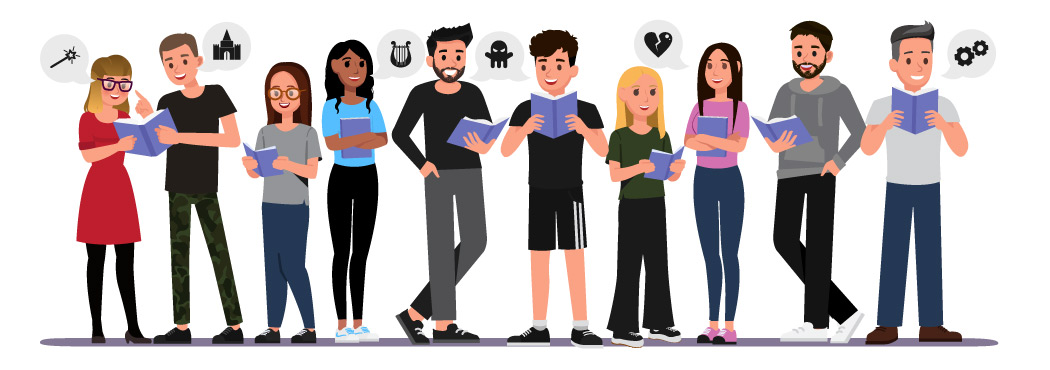
The Consensus: E-books Vs. Printed Books
Although we live in a world that is dominated by technology and digital screens, printed books are proving their staying power with a charm that e-readers just can’t match. There’s a certain magic of holding a book, turning its pages, and marking your place with a magical bookmark. Regardless of age, readers enjoy the ritual of sitting down with a book as a way to unplug and relax. Although e-readers are sleek and convenient, printed books are still preferred, accounting for 75% of book sales.
The cognitive benefits of reading printed books are clear, enabling readers to comprehend and digest information more effectively than with digital reading devices. E-readers will continue to play a role in the future of books, but we have no doubt that the traditional method of reading printed books isn’t going anywhere. The international publishing market is projected to grow to over $104 billion by 2025, with printed books remaining the primary medium. And with the cost of living continuing to rise, the opportunity to buy printed books secondhand at a reduced rate will continue to be an attractive option, with the second-hand book market growing by an estimated 8-10% each year.
Printed books can last for generations, while e-readers are fragile and have a shorter lifespan. And while e-books may seem like a steal, considering the cost of the device and book purchases, printed books hold their value better. You can trade, sell, or discover discounted books at libraries and bookstores.
In a world of endless distractions, nurturing a love for reading is essential. Printed books offer familiarity and comfort, like old friends. So, pick up your next novel, slide in a beautifully crafted bookmark, and rediscover the joy of reading.

 USA
USA FR
FR
